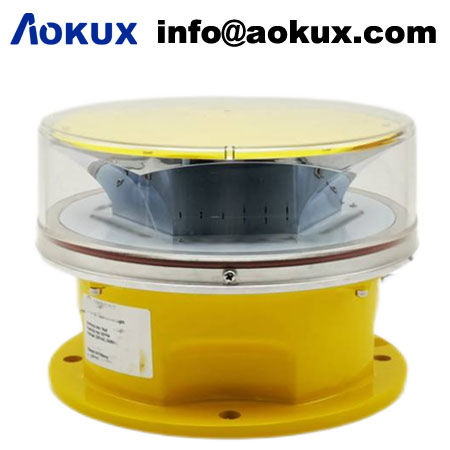
The Significance of Aviation Obstacle Lights in Safe Air Travel
Introduction:
Aviation obstacle lights are a crucial safety feature in air travel. These lights provide visual cues to pilots and ensure safe navigation around tall structures, especially during low visibility conditions. In this article, we will discuss in detail the importance of aviation obstacle lights and their role in ensuring safe air travel.
What are aviation obstacle lights?
Aviation obstacle lights are high-intensity lighting systems that warn aircraft pilots of tall structures or obstacles in their flight path. These lights are designed to be visible from a distance and help pilots identify potential hazards. Aviation obstacle lights come in different shapes and sizes, including red or white flashing lights, steady-burning lights, and strobe lights.

Types of aviation obstacle lights:
There are several types of aviation obstacle lights available on the market today. The different types of aviation obstacle lights are as follows:
Red obstruction lights - These lights emit red light and are used to mark any structure taller than 200 feet above ground level (AGL).
White obstruction lights – These lights typically illuminate as steady-burning lights and are used to mark structures that are less than 200 feet AGL.
Dual obstruction lights - These lights are typically installed on structures between 150-350 feet AGL where pilots could potentially confuse them with other surrounding lights. They emit both red and white light signals.
Medium intensity obstacle lights (MIOL) - MIOLs are typically used for structures between 200 and 700 feet AGL. They are usually white in color and flash at a rate of about 40-60 times per minute.
High-intensity obstacle lights (HIOL) - HIOLs are used for structures taller than 700 feet AGL. They emit a white strobe light signal.
|
Aviation Obstacle Lights |
Aviation Obstacle Lighting |